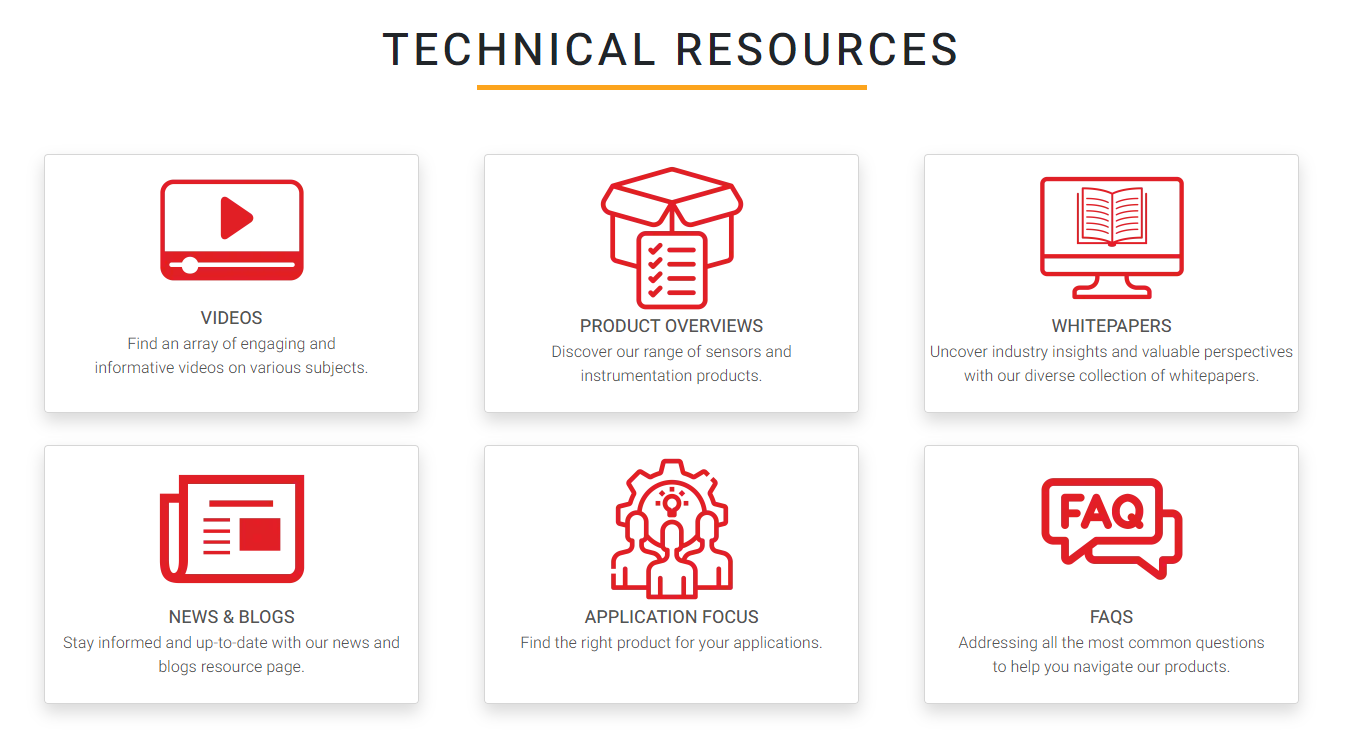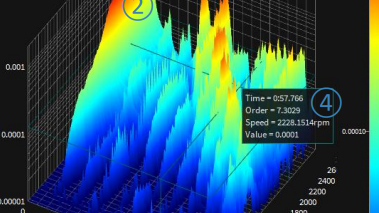Latest Oxygen 7.6 Update
What is ATEX and How to Understand ATEX Codes
In industries where hazardous environments are commonplace, safety standards are critical. One of the most important certifications in such contexts is ATEX. But what exactly is ATEX, and how do you interpret ATEX codes? This guide will break down the essentials to help you understand this critical safety framework.
What is ATEX?
ATEX stands for "Atmosphères Explosibles," which is French for "Explosive Atmospheres." It refers to the European Union directives for equipment and protective systems intended for use in potentially explosive atmospheres. These directives are designed to ensure the safety of workers and equipment in environments where flammable gases, vapors, dust, or fibers could ignite.
The two primary ATEX directives are:
-
Directive 2014/34/EU: Governs the manufacture of equipment and protective systems used in explosive atmospheres.
-
Directive 1999/92/EC: Focuses on the safety of workers and workplaces where explosive atmospheres may occur.
Why is ATEX Important?
Hazardous areas are common in industries such as oil and gas, chemicals, pharmaceuticals, and food processing. In these environments, a small spark or high surface temperature can trigger a catastrophic explosion. ATEX ensures that equipment and protective systems meet stringent safety standards, minimizing the risk of such incidents.
Key Components of an ATEX Code
ATEX codes are typically found on equipment designed for use in explosive atmospheres. These codes might seem complex at first glance, but each part carries vital information. Here’s a breakdown:
1. Equipment Group
-
Group I: Equipment used in underground mines with a risk of methane or coal dust explosions.
-
Group II: Equipment used in other environments where explosive atmospheres may occur.
2. Equipment Category Indicates the level of protection:
-
Category 1: Very high protection; suitable for areas where explosive atmospheres are present continuously or for long periods.
-
Category 2: High protection; suitable for areas where explosive atmospheres are likely to occur occasionally.
-
Category 3: Normal protection; suitable for areas where explosive atmospheres are unlikely to occur or are short-lived.
3. Gas or Dust Classification
-
G: For explosive gas atmospheres.
-
D: For explosive dust atmospheres.
4. Temperature Class (T-Rating) Indicates the maximum surface temperature of the equipment to prevent ignition of gases:
-
T1: Up to 450°C
-
T2: Up to 300°C
-
T3: Up to 200°C
-
T4: Up to 135°C
-
T5: Up to 100°C
-
T6: Up to 85°C
5. Explosion Protection Method Identifies how the equipment is protected from causing explosions:
-
Ex d: Flameproof enclosure.
-
Ex e: Increased safety.
-
Ex i: Intrinsic safety.
-
Ex n: Non-sparking.
-
Ex p: Pressurization.
6. Zone Classification Zones are classified based on the likelihood and duration of explosive atmospheres:
-
Zone 0: Continuous presence of explosive gases.
-
Zone 1: Likely occurrence of explosive gases during normal operation.
-
Zone 2: Unlikely occurrence of explosive gases; if present, short duration.
-
Zone 20, 21, 22: Similar zones for explosive dust atmospheres.
Decoding an ATEX Marking
Let’s interpret an example ATEX code:
II 2 G Ex d IIB T4
-
II: Equipment Group II (non-mining environments).
-
2: Category 2 (high protection).
-
G: For gas atmospheres.
-
Ex d: Flameproof enclosure.
-
IIB: Suitable for ethylene gas environments.
-
T4: Maximum surface temperature of 135°C.
Conclusion
Understanding ATEX and its codes is essential for ensuring safety in hazardous environments. By properly classifying equipment and adhering to ATEX standards, industries can mitigate risks and protect both personnel and assets. Whether you’re a safety officer, engineer, or worker in a potentially explosive environment, familiarizing yourself with ATEX codes is a crucial step toward creating a safer workplace.
View our range of Sensors for Hazardous Areas below:




